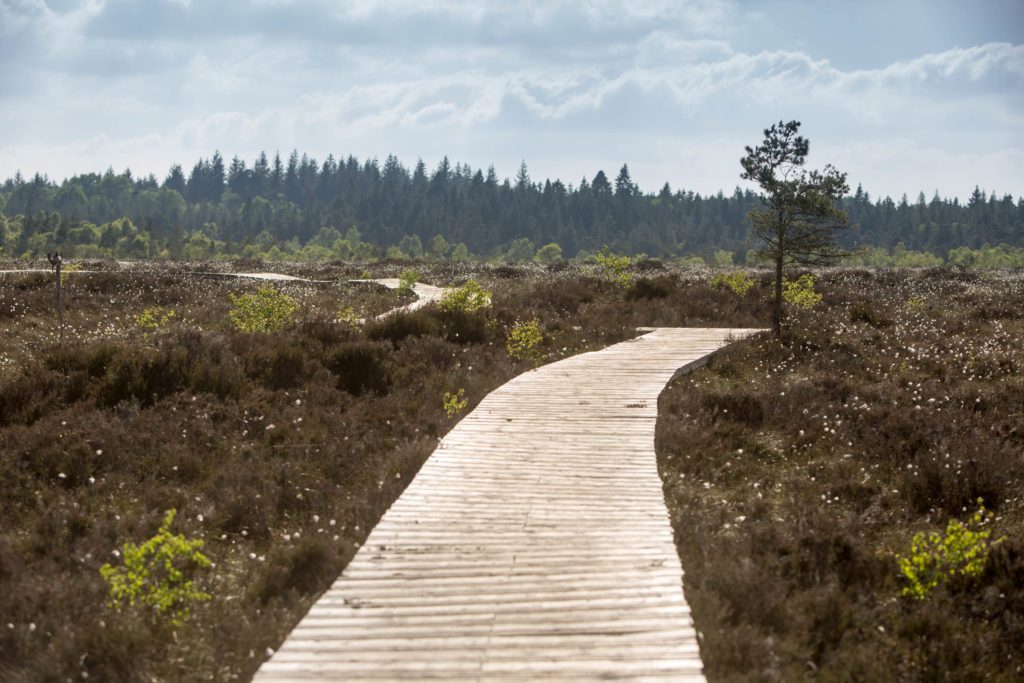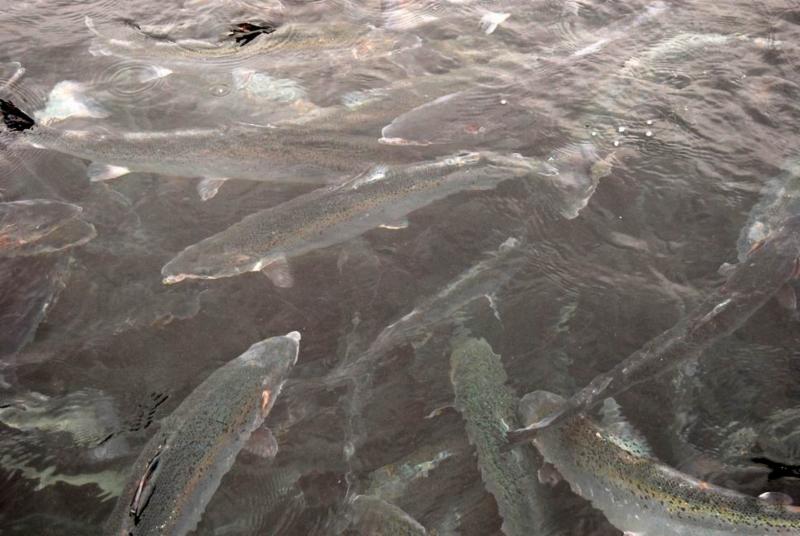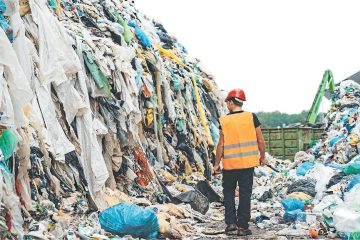EPA: “Systemic change” still needed for low-carbon society

If fully implemented, the 2019 Climate Action Plan would meet existing climate targets but systemic change is still needed for Ireland to become a low carbon society, the Environmental Protection Agency (EPA) has said.
The agency published its greenhouse gas emissions projection for the 2019 and 2040 period today and found that the State can meet its current EU target reduction of 30 per cent by 2030 through overseeing a 3 per cent average annual emissions over the next ten years, if last year’s plan was implemented early and in full.
In order to reach this target, EPA Director General Laura Burke stressed, cross-sector cooperation is required. The plan itself is, however, “only a first step”.
For Ireland to become both a low carbon and climate resilient society and economy, “systemic change is needed”, Ms Burke said.
The Irish economy now finds itself at a “pivotal point” and “focusing on climate action as part of a ‘green’ recovery stimulus offers the opportunity to rebuild our economy, generate new jobs and respond to climate change,” she added.
“The goalposts have moved”
The agency’s report comes just weeks after the new government was established, who pledged in their Programme for Government to ramp up its climate ambition.
The coalition of Fianna Fail, Fine Gael, and the Green Party have committed to a seven per cent per annum emissions reduction over the next ten years, which more than doubles what was outlined in the 2019 Climate Action Plan.
The pledge has “moved the goalposts” on climate targets, Assistant Professor of Law and Governance Dr Diarmuid Torney told The Green News.
The new commitment is reflective of a regional trend, says Dr. Torney, as the EU is considering ratcheting up its own climate target from 40% to 50-55% by 2030.

Land Use and the Climate Action Plan
In order to meet existing EU 2030 climate targets, land use will play a “vital part” according to EPA Senior Manager Stephen Treacy.
In instances of land management producing CO2 emissions, the source “should be reduced or eliminated” and “where land is degraded or has lost its ability to absorb or store carbon dioxide, it should be restored,” Mr. Treacy said.
The EPA specifically refers to the maximised use of wetlands and forestry to help Ireland meet its climate targets, both of which remove carbon dioxide through the atmosphere.
To date, The Climate Action Plan has pledged funding for the restoration of 1800 hectares of peatlands. As RTE’s Hot Air programme highlighted, this accounts for less than a quarter of one percent of total Irish bogland.
The Plan did commit to an expansion of forest cover, with a target of 8,000 hectares of new forest per year. Ireland would then have a total of 18 per cent forest cover by mid-century, up from its current 11 per cent.
This figure was challenged by the Green Party in its 2020 election manifesto, however, who called for 30 per cent forest cover by 2050.
70 per cent of new forest under the Plan would be short-rotation clearfell conifer plantations, a decision that environmental activists have raised their concerns over due to implications for biodiversity and water quality.
Additionally, at the time of the Plan’s publication, An Taisce found that the plantation forestry outlined would deliver little carbon sequestration when “compared to permanent native woodland that also supports far greater biodiversity and delivers landscape water buffering in drought and flood conditions”.
Agriculture, Transport and Energy
The EPA also highlights the agricultural, transport and energy industry as having significant potential to reduce carbon emissions within the next decade in line with the 2019 plan.
The accumulation of 1 million electric vehicles on Irish roads by 2030 would see an emissions decline of 38 per cent and agriculture emissions could be reduced through slurry spreading techniques and a switch to stabilised urea fertilisers for crops and pasture.
Meeting the Climate Action Plan’s targets of 70 per cent renewable energy in electricity generation, installing 600,000 heat pumps and retrofitting 500,000 homes could reduce energy industries and commercial and public services emissions by over a third.
If all three actions are implemented, the EPA found, it could reduce residential emissions by over a half.
[x_author title=”About the Author”]







